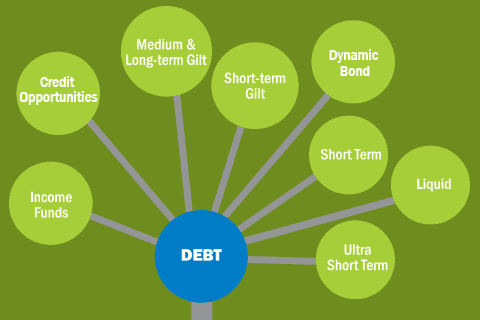After earning double-digit returns from fixed income funds over a three year period, investors may need to brace for lower returns in the coming years. Wealth managers and analysts are advising fixed income investors to reduce the proportion of duration funds from their portfolio in favour of accrual funds after the RBI, in its policy review meeting yesterday, signalled it may not be in a hurry to cut interest rates.
It is recommended that investors switch from gilt funds–a product that invests in government securities -which have been top performers in the fixed income category in the last three years, to short-term accrual funds such as credit opportunity and corporate bond funds, where the focus is on earning interest income and rate-related risks. Investors should position their portfolios towards accrual strategies as no significant rate cuts are expected from here on.
The RBI, while cutting the repo rate by 25 basis points yesterday, maintained its neutral rating.

Investors should raise the proportion of accrual funds in their portfolio and reduce the proportion of dynamic bond funds.
Accrual funds focus on earning interest income from the coupon offered by bonds they own, while duration funds look at earning income through both capital appreciation when interest rates decline. Though they can earn some returns from capital gains, it is typically small in proportion to their total returns.
In the last three years, investors have earned 10.57% from the Dynamic Bond category, 10.27% from credit opportunities and 11.92% from long term gilt category.
Wealth managers advise investors to lower their returns expectation to 7-8.5% as capital appreciation will be lower and investors can now earn returns only from interest accrued on bonds.
When adopting an accrual strategy, the fund manager typically looks for corporate bonds that provide good yields. His focus is on getting returns through high accrual of interest on the bonds that he holds. He is not targeting to make capital gains from rise in bond prices. He would rather focus on extensive credit analysis to identify corporate bonds that offer attractive yields, and which in his view offer adequate comfort of timely payment of interest and repayment of principal.
Generally, in a rising interest rate environment, the fund manager would not want to be locked into high duration bonds which can see sharp erosion in prices as interest rates rises. Rather, he would like to keep the duration at the minimum, since he is likely to get higher yields on maturity of existing bonds, so long as they are maturing in the near term. If duration has to be minimised to avoid interest rate risk, the focus will shift to searching for short duration corporate bonds that can fetch a higher yield than government bonds of similar maturities. In other words, the search for returns is dictated by a trade-off between yield that he can get on corporate bonds and the credit risk he is taking by buying these higher interest bearing (and possibly lower credit rated) corporate bonds.
You will often find accrual based funds that allow the fund manager to run a portfolio with an average maturity of anything between say 1 and 3 years. Short Term Funds, FMP’s are classical examples of funds in which fund managers try and deploy Accrual Strategy.
A fund manager who employs a duration strategy is one who takes a call on the direction of interest rate movements and accordingly focusses on adjusting the duration of his portfolio
to maximise returns. He is less focussed on searching for corporate credits with high accruals – he would rather cut out the entire credit risk aspect, stick to government bonds, but focus on managing duration to drive returns.
In periods of declining interest rates, he would opt for a relatively high duration, in an effort to maximise capital gains from rising bond prices. Conversely, in periods of rising interest rates, he would minimise the duration of the fund to protect against capital losses on the portfolio. This not only protects against capital losses, but at the same time, allows him to reinvest maturity proceeds at higher yields in a rising rate environment. In other words, the higher accruals are aimed at offsetting capital losses, to enable the fund to deliver a reasonable return. Income Funds, Gilts & Dynamic Bond Funds are classical examples of funds in which fund managers try and deploy Duration Strategy.


